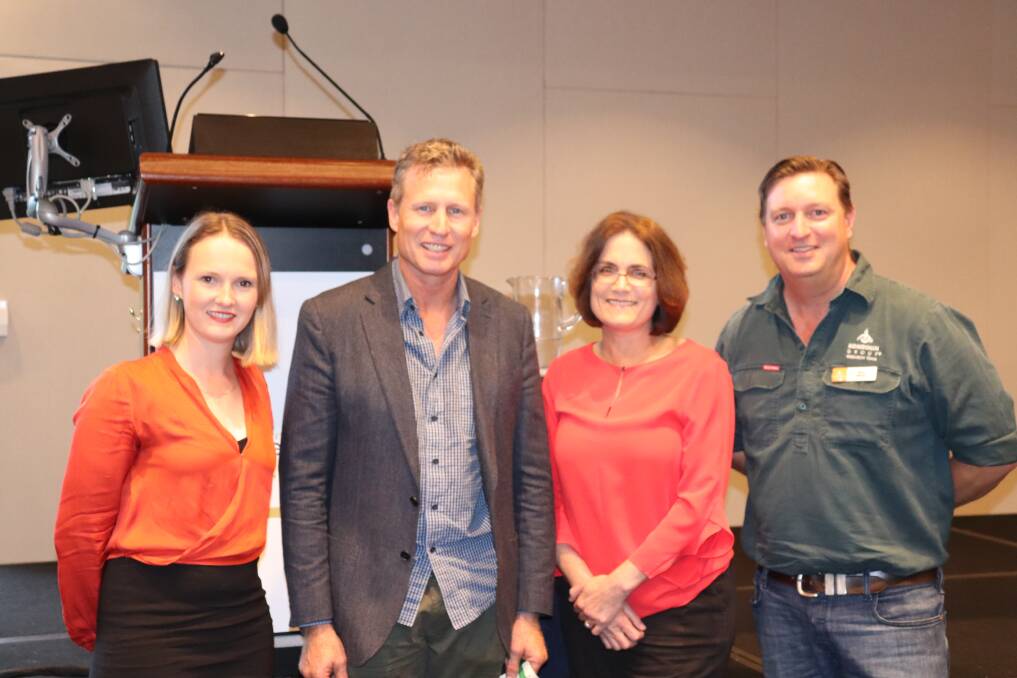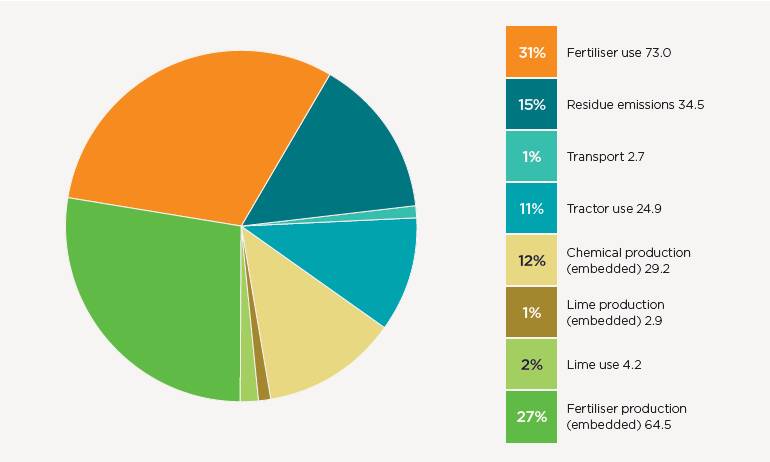
LAST week representatives of the whole supply chain in the agricultural industry gathered together for the AgZero2030 conference – Navigating the Net Zero transition for Western Australian agriculture.
Held at the Banquet Hall in the University Club of WA, the conference attracted more than 90 attendees, including guests from banks, farm management consultants, agribusiness, farms and advocacy groups.
AgZero2030 is a volunteer-led movement of the WA agricultural industry, formed by people with a vision to respond positively to climate change.
Guests were invited to learn from the speakers and participate in an open and ongoing conversation about how the industry can continue to manage the direct affects of climate change and how we respond to emerging risks and opportunities from decarbonising economies and markets.
AgZero2030 chairman Simon Wallwork said as an organisation they didn’t represent anyone, but were about facilitating conversation.
“We are hoping our industry will work together on this,” Mr Wallwork said.
“It’s such a positive thing today to see such a wide representation from all parts of the industry here, to us that’s some level of a positive sign that we can move forward.”
Five speakers from various areas of the industry were invited to share, including two speakers who streamed in from the Eastern States.
Both Integrity Ag’s Gabriel Crane and Boortmalt malt barley merchant Liam Moltoni streamed in their insights on emissions, taking guests through the process of understanding emissions through the agricultural supply chain and opportunities for low emission barley supply chains.https://d29733f309d01c0e879bf042c5930bd4.safeframe.googlesyndication.com/safeframe/1-0-38/html/container.html
Savoir Consulting director Larissa Taylor touched on the global trends and decarbonising food and agricultural supply chains, while Kondinin Group research manager Ben White took the group through emerging low emission technologies.
Mr White also spoke to guests about a variety of carbon farm calculators to look at where farmers should focus their efforts into reducing emissions.
Most notably, in terms of Australian wheat production over a five-year average, the highest emiss- ions came from fertiliser use (31 per cent), fertiliser production (27pc) and tractor use (11pc), which Mr White noted often surprises most people, as it is often presumed that tractor use was higher.

Breakdown of GHG footprint for Australian wheat production (236kg CO2-e/t) weighted by regional production (five-year average) Source: DAFF winter crop production and National Grains Life Cycle Assessment project: NSW DPI, in collaboration with CSIRO and Lifecycles.
PricewaterhouseCoopers director Fiona Meaton unpacked the legal framework around Australian carbon credit units (ACCU), including grants and factors to consider when transitioning towards the net zero targets.
Most important, was something that farmers, in particular, may overlook when addressing their carbon footprint and that is the additional revenue stream that ACCUs can bring into the property holder.
“There is a potential avenue for farmers to develop another income stream to increase the productivity of their farms,” Ms Meaton said.
“Farmers need to realise that they are sitting on an asset here.
“A lot of different companies are wanting to get their hands on those assets, consider your position strategically for the future and take a broad look at where this is going on the world stage.”
Ms Meaton also shared the hurdles that may be encountered when navigating the law and the clean energy regulator, encouraging land owners to head online and research before going ahead.
If farmers go down the route of using a service provider to manage ACCUs, Ms Meaton recommended doing due diligence when it came to researching reputable partners in order help them deal with the clean energy regulator.
“I urge you to go to the clean energy regulator website because they have a lot of guidance material on there that can help you understand all of that (the legal parameters),” she said.
The afternoon concluded with a lively roundtable discussion where participants were asked to answer a variety of questions.
These questions led to positive conversations, which hopefully will help each participant move towards the goal of lowering emissions in their respective areas of the industry.
